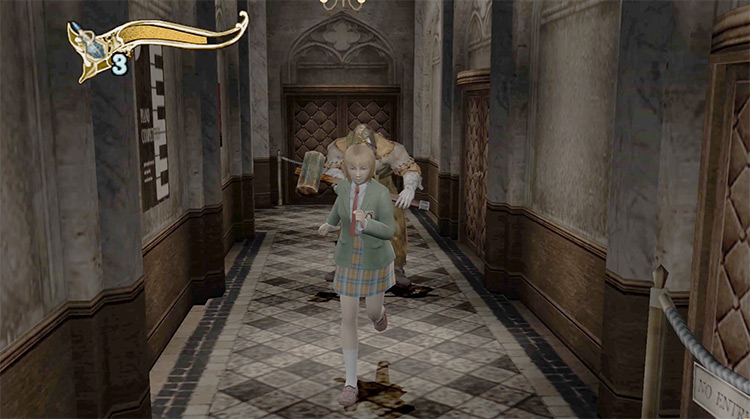

Designed by Toshiba, with MIPS’ technology, again.Īlmost ten years after the introduction of the original MIPS-powered PlayStation, we find ourselves in the early noughties, and things are not looking good for SGI/MIPS. Designed by LSI and Sony, using MIPS’ technology. The state of progress The PS1’s CPU (1994). That way, we’ll be able to decompose the chip from top to bottom in a way that not only you will understand how this chip works, but also get the reasoning behind major design decisions. So, before we step into the internals of the PS3’s CPU, I wrote the following paragraphs to bring some historical context into the article. The PS3’s CPU is massively complex, but it’s also a very fascinating work of engineering that intersects complex needs and unusual solutions, prominent in an era of change and experimentation. Welcome to the most recognisable and innovative part of this console.

Please take your time (and breaks if needed) and if at the end you are hungry for more, help yourself at the ‘Sources’ section! If you are interested in every area of the PlayStation 3, you are in for the whole journey! Having said that, this writing encompasses ~6 years of research and development carried out by countless engineers, so I don’t expect you to digest it all at once. I’m afraid this article is not the typical ‘lunchtime’ one that I usually write for other consoles in this series. This write-up takes a deep look at Sony, IBM, Toshiba and Nvidia’s joint project, along with its execution and effect on the industry. Meanwhile, their new ‘super processor’, the Cell Broadband Engine, is conceived during a crisis of innovation and will have to keep up as trends for multimedia services evolve. In 2006, Sony unveiled the long-awaited ‘next generation’ video-game console, a shiny (albeit heavy) machine whose underlying hardware architecture continues the teachings of the Emotion Engine, that is, focus on vector processing to achieve power, even at the cost of complexity. The remaining 128 MB NAND Flash and the connectors for the Blu-ray PATA drive, Wifi/BT daughterboard, front panel and MultiCard reader are fitted on the back Motherboard with important parts labelled Diagram Main architecture diagram Showing COK-001 revision (the first one), taken from my CECHA12 model. The profits contribute towards the improvement of current articles and the development of future ones.įor more information, please take a look at here. You can find the eBook at Amazon Kindle, Apple Books, Kobo and other stores. Furthermore, it's updated at the same pace as the website. The new edition is DRM-free and can be read whilst offline. This article is also published on many digital book stores for the benefit of eBook readers.


 0 kommentar(er)
0 kommentar(er)
